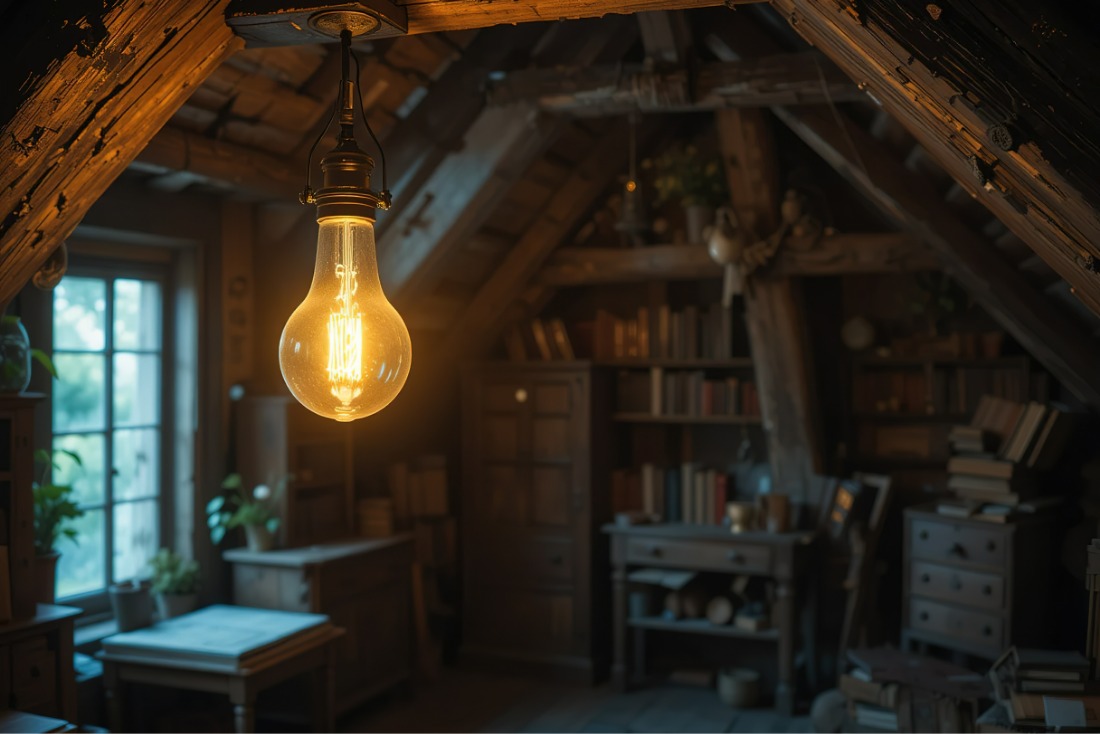LED Retrofit Guide: Simple Tips for Upgrading Older Homes

If your home was built before LED lighting became standard, you’ve probably run into mismatched bulbs, outdated sockets, and flickering fluorescent tubes. But you don’t need to tear out your ceiling to enjoy modern lighting. This LED retrofit guide is designed to help homeowners upgrade their lighting safely and efficiently—even if their fixtures are decades old.
With a few small updates, you can lower your energy use, reduce heat buildup, and improve visibility in every room. Let’s walk through how to make smart LED upgrades in older homes without full rewiring or costly replacements.
Why a need for an LED retrofit guide?
LED lighting has become the new standard, but many homes and buildings still rely on older fixtures designed for incandescent or fluorescent bulbs. While the benefits of switching to LED are clear—lower energy use, longer lifespan, better performance—the process can be confusing, especially in older spaces with outdated wiring or unique fixtures.
This LED retrofit guide exists to simplify that transition. Whether you’re replacing screw-in bulbs, retrofitting recessed cans, or converting fluorescent tubes, this guide walks you through the safest, most cost-effective ways to upgrade without needing to rewire your entire home. It’s about making smarter lighting choices with the setup you already have.
Start With What’s Accessible
The simplest way to begin retrofitting is to start with the easy wins—screw-in bulbs in table lamps, ceiling fixtures, or wall sconces. These fixtures often use E26 bases, and swapping in an LED version of the same base is a direct, no-hassle replacement.
If you’ve already done this, move on to more fixed fixtures like recessed cans or track lighting. Many older recessed fixtures can accept LED retrofit kits that fit into the existing housing with little or no rewiring. These kits typically include a trim and LED panel and connect via a screw-in socket or quick-connect system.
Know When to Use a Ballast-Bypass LED
Fluorescent tube fixtures—like those found in basements, garages, and utility rooms—can be a bit trickier. Many older tubes use a magnetic or electronic ballast to regulate power. Some LED tubes are “plug-and-play,” meaning they work with the existing ballast. Others are “ballast-bypass,” which means the ballast must be removed and wiring adjusted slightly.
If you’re not sure what kind of ballast you have, take a photo of the label or fixture and check the LED tube’s packaging. If you’re comfortable with light electrical work, a ballast bypass is more efficient long-term. If not, stick with plug-and-play options or consult an electrician.
Dealing with Dimmer Switches and Compatibility
One of the most common retrofit issues in older homes is the dimmer switch. Many dimmers installed before the rise of LED technology were designed for incandescent bulbs, and they don’t always work well with LEDs. Symptoms include flickering, buzzing, or bulbs that won’t dim smoothly.
To avoid these problems, either replace your old dimmer with an LED-compatible model or choose LED bulbs that are specifically rated for use with legacy dimmers. Whatwatt carries both types, and our team can help match bulbs and switches to avoid frustration.
Watch for Clearance Issues in Tight Fixtures
Older fixtures were often built for bulbs that ran hot—so they left more space around the bulb. LEDs run cooler and come in more compact designs, but it’s still important to check the size and shape of your new bulb before installing it.
Measure the space inside enclosed fixtures or glass globes. Bulbs labeled “A19” or “BR30” come in standard sizes, but LED versions can sometimes be longer due to the internal drivers. If space is tight, consider low-profile or “short neck” LEDs that are designed for snug fits.
Mix and Match Until You’re Ready to Replace
One advantage of retrofitting with LEDs is that you don’t have to change everything at once. You can start with key rooms—like the kitchen or living room—and replace others as older bulbs burn out. LEDs blend well with traditional fixtures and styles, so they won’t look out of place during the transition.
And because LEDs come in a wide range of color temperatures, you can match the “look” of your existing bulbs. If you like the warm glow of incandescent, choose LEDs in the 2700K to 3000K range. For whiter, brighter spaces, go with 4000K or higher.
LED Retrofit Guide for Fluorescent Fixtures
One of the most common lighting upgrades in older homes involves replacing fluorescent tubes. These are often found in kitchens, garages, and basements. Some LED tubes are “plug-and-play” and work with your existing ballast. Others require a “ballast bypass,” which means the fixture needs minor rewiring.
Not sure which type you have? Our team at Whatwatt can help. You can also browse LED tube lights in our product catalog and check the packaging for ballast compatibility before you buy.
Not Sure Where to Start?
Whatwatt makes retrofitting simple. We carry a wide range of LED replacements for older fixtures—from standard E26 bulbs to retrofit kits for recessed cans and linear tubes. And if you’re not sure what you need, we’re happy to help.